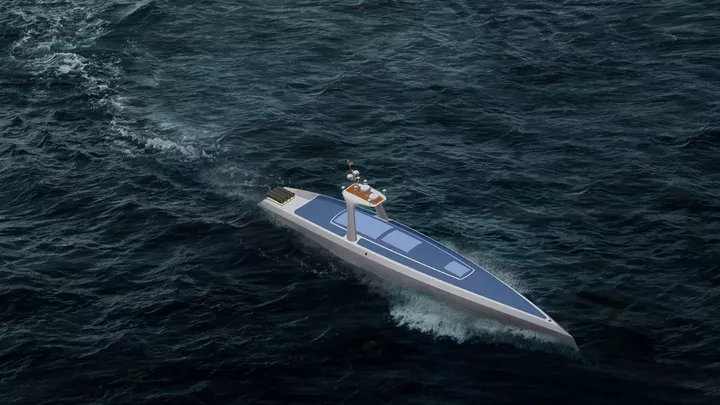
The vast ocean is home to many creatures and is an important part of regulating the Earth's climate. Therefore, the understanding and exploration of the oceans has become a long-standing issue for mankind.

▲ Image from: NASA
Most oceanographic sampling is done through research trips by marine scientists or through moored data buoys and smaller autonomous equipment, for example. However, smaller autonomous equipment can be limited in the scope of exploration and, in the case of research trips, it is too costly to have a ship, a crew to navigate it, marine scientists to record and analyse observations and the various instruments and equipment to carry.
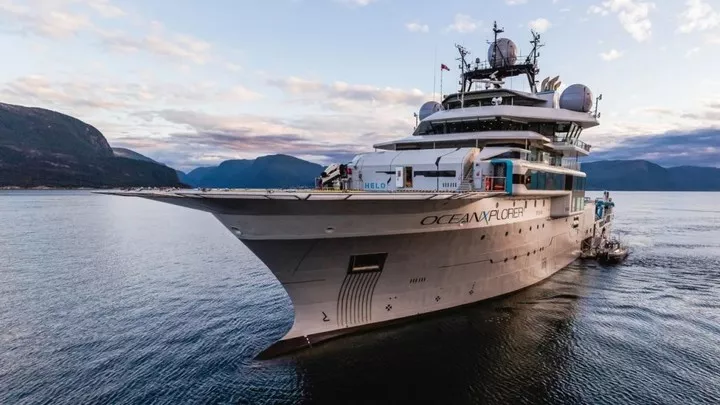
▲Image from: Ship Technology
It is evident that the solutions currently in common use have limitations that cannot be ignored. For this reason, Plymouth Marine Laboratory in the UK commissioned M Subs Ltd to design and build a remote autonomous oceanographic research vessel, Oceanus.
One of the most striking things about the Oceanus autonomous research vessel is that it is unmanned. When completed, Oceanus will undertake transatlantic sampling cruises from the UK to the Falkland Islands and will also carry a range of monitoring sensors to collect data for research in areas such as climate change, biodiversity, fisheries and biogeochemistry.
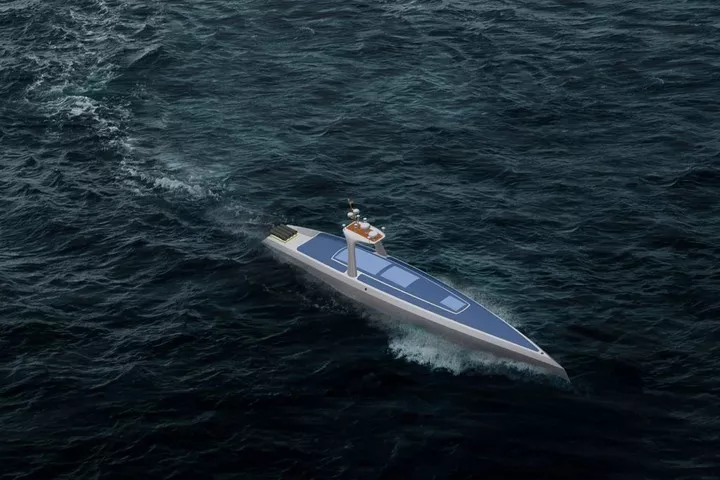
▲Image from: Plymouth Marine Laboratory
To achieve the goal of traveling and getting the job done without any crew, Oceanus will carry an advanced scientific payload and use the latest artificial intelligence technology to navigate to target locations via optimal routes with real-time input from weather forecasts and other ocean data feeds.
In addition, the AI-enabled vessel will be guided by GPS and two on-board weather stations, and it will also use 4G/5G modules and two satellite communication domes to transmit real-time data and status updates to the command center at Plymouth Labs.
According to plans released by Plymouth Marine Laboratory, Oceanus is about 23.5 m (77 ft) long and 3.5 m (11.5 ft) wide, capable of self-righting, with two rear-mounted pod-driven motors, which will be powered by a battery pack.
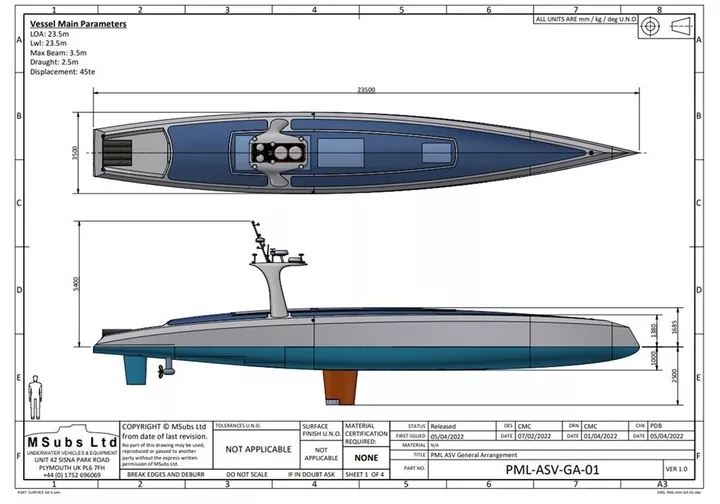
▲Image from: Plymouth Marine Laboratory
Although fuel-efficient diesel engines will still be used, supplemented by micro-energy generation equipment on board and solar panels on deck, plus the reduced weight from not needing to accompany the ship's personnel and amenities, fuel consumption will still be significantly lower compared to a conventional manned research vessel.
It is worth noting that the idea to build Oceanus came from the previous Mayflower Autonomous Ship (MAS, Mayflower Autonomous Ship), also built by M Subs Ltd. Without human involvement, the MAS sails on the power of artificial intelligence and automation.

▲Mayflower Autonomous Ship, image from: IBM
AI captains on MAS collect data from multiple sources to continually assess the boat's route and status and plan for next steps; cameras and computer vision detect hazards by scanning; weather data streams look for potentially dangerous storms; and machine learning and automation software ensure decisions are safe and in compliance with regulations ......
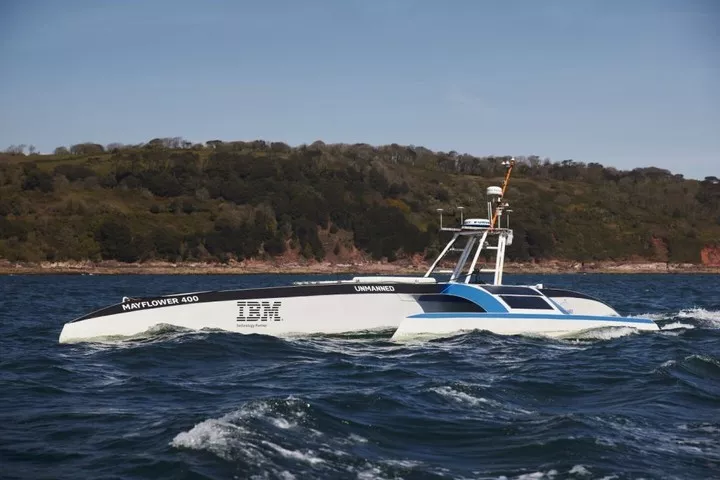
▲Image from: IBM
The name Oceanus comes from the first child born on that original Mayflower in 1620. While it is unclear when construction will be completed and plans to begin transatlantic voyages are in place, having an autonomous ship to explore will allow for more specific and frequent data collection on a broader scale, helping to fill in gaps in the data set and give humanity a better understanding of the ocean.